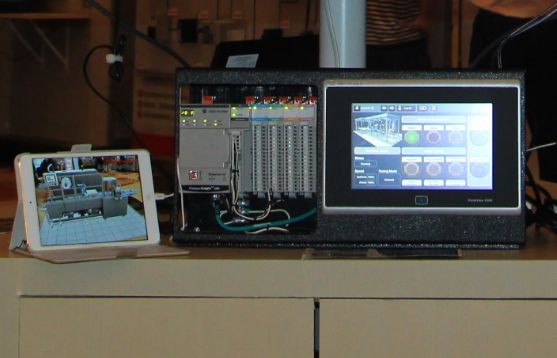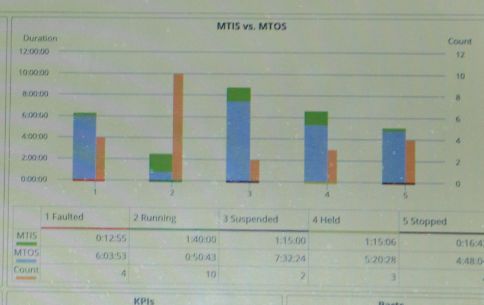The Internet of Things technology is connecting all the equipment on the industrial site. The relevant personnel can remotely visit the factory and even understand the health of the machine. The boundary between the virtual world and the real world is becoming increasingly blurred. The digital age of industry has arrived, and enterprises will obtain information from the equipment layer Rich data, and used to create greater value.
The great value of digitization is gradually recognized by industrial enterprises, and more and more enterprises are beginning to invest funds to upgrade systems, from passive equipment maintenance to active predictive maintenance. In the past, unreasonable use of machinery has caused factories to suffer great losses, and predictive maintenance will play an important role in helping companies better diagnose equipment problems, improve production efficiency and reduce costs.
In the future, whether you are a food processor, an electronics manufacturer, or an automobile manufacturer, you cannot do without big data. Data will be the gold of the new era. Manufacturers use data in the production process to improve efficiency, improve production reliability, or reduce overall costs.

Predictive maintenance reduces the risk of downtime
Factory managers familiar with the Industrial Internet of Things know that one of the biggest selling points of digital manufacturing at present is to foresee the future. Through data analysis, insights into equipment performance and process effectiveness can be obtained, so that equipment managers know how to optimize production , And ultimately create greater benefits for the company.
The realization of predictive maintenance has changed the way of traditional industrial equipment management. The service life analysis of equipment can estimate the time point of equipment maintenance, and can make wise decisions about when to maintain the system based on equipment conditions, instead of waiting for equipment failures. Respond or perform maintenance.
Downtime maintenance may make the factory waste more production resources. Predictive maintenance can minimize the time of unplanned downtime, thereby increasing the overall machine running time and increasing production without incurring new capital expenditures. However, to perform accurate predictive maintenance, it is necessary to analyze from a large amount of data, and achieving this goal is challenging.
Use machine learning in industrial maintenance
There is no artificial intelligence in the process of big data processing and analysis, and the use of machine learning algorithms for processing is an important method to solve a large amount of data analysis. The factory can train the algorithm to allow the machine to automatically identify abnormal performance in the production data, not only to mark out the problematic data, but also to analyze the root cause.
Inside an industrial equipment, there can be dozens of sensors or other health detection data. These data are sorted into information in a certain format, and then evaluated together with maintenance records and machine operation history records to finally determine which problems may occur .

At present, many companies provide IoT analysis platforms, such as General Electric’s Predix platform and Asset Performance Management (APM) suite. It supports the connection with machines through the Internet of Things, and uses the platform's machine learning algorithms, APM standard measurement and advanced analysis to perform data analysis, so that maintenance personnel can discover possible machine problems in time.
Undoubtedly, this is a valuable resource that can provide plant managers and maintenance engineers with comprehensive operational improvements.
Machine learning will increase productivity
In the future manufacturing industry, all machines may be connected through the Internet of Things, so there will be a large amount of data that engineers need to process and analyze. Therefore, it is necessary to use the machine learning algorithm of the Internet of Things platform to monitor and analyze the vibration changes of the machine to predict possible problems.
In addition, the algorithm can evaluate this situation based on historical data, analyze the frequency of this situation, combine performance indicators to confirm what kind of problem is, and send an alert to the engineer when the machine needs maintenance. This allows the machine to be maintained only when its status indicates that it should be maintained, that is, condition-based predictive maintenance.

In fact, machine learning makes data analysis a more automated process. In certain industrial applications, algorithm analysis allows the machine to automatically set up or reconfigure the machine to correct poor production. With the accumulation of machine algorithm learning, this analysis and prediction will become an increasingly feasible method to improve efficiency.
MTP And MPO Cable Assembly,Optical Patch Cable,Fibre Optic Cable Assembly,Optical Jumper
Huizhou Fibercan Industrial Co.Ltd , https://www.fibercannetworks.com